Stravoula Coulianidis in conversation with Yves Scherer
Yves Scherer’s new exhibition “IMAGINE” at Kunstraum Heilig Geist at the UNESCO World Heritage Site Zollverein in Essen presents his sculptural universe at its most tender and introspective. Moving between digital longing and quiet physical presence, his works unfold with a subtle emotional charge that resists spectacle. In this conversation with Stavroula Coulianidis, published as excerpts from “Yves Scherer Sculpture” (Verlag der Buchhandlung Walther und Franz König, 2025), Scherer reflects on the evolution of his practice. He traces a path from early post-internet figuration to a more restrained, almost devotional approach to form. What emerges is an artist deeply invested in sincerity, softness, and the interior life of objects. “IMAGINE” becomes not just an exhibition, but a lens through which this shift feels both inevitable and quietly transformative.
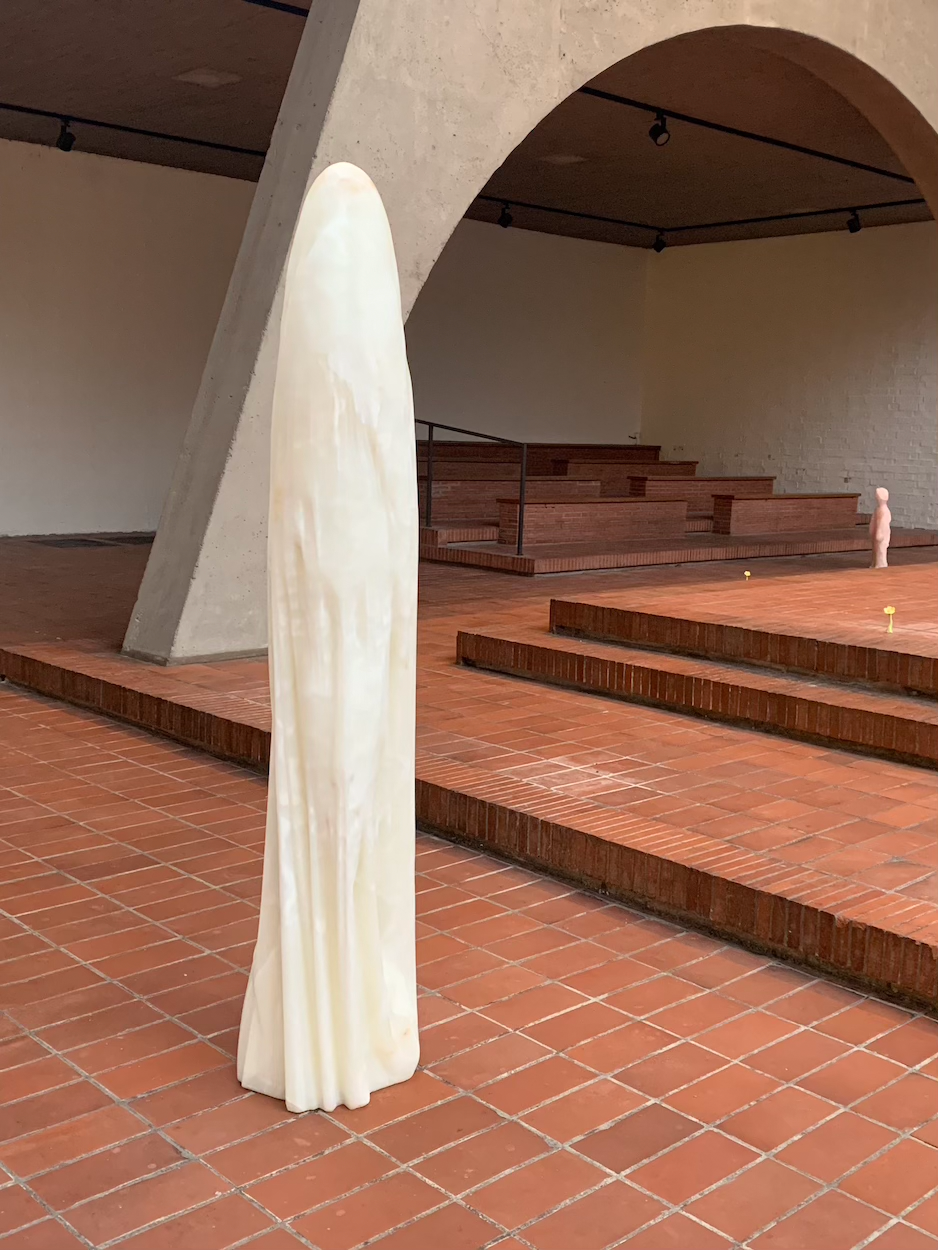

Yves Scherer: To me the most fundamental difference between painting
and sculpture is that sculpture shares our physical reality
so to say, while I think painting creates and exists in
a pictorial space. Every sculpture has to compete with a
chair or a lamp as just another real-world object, for
painting I think that is different. Even though the history
of painting over the past hundred years could be retold in
parts as a long move away from thinking of paintings as
illusionary space by putting an increasing emphasis on its
object hood, our relationship to paintings is still similar to
one we have with our phones or a TV—it’s less about what
they are on a physical level, but about what they contain.
D.H. Lawrence famously said about Cézanne, that he
made us aware that matter really exists, outside of human
perception. That is how I feel about sculpture, even a
blind person can see it so to speak. And while paintings
have a dedicated space in the world—they hang on the
walls, sculpture, at least the kind that I’m engaged in, does
not have a space in the world. In some way one could argue
that they take our space. That they are quite literally there
instead of us.
YS: I have always understood myself as mainly an artist, and
within that as a sculptor only if I’m put on the spot. At the
same time I do think that sculpture has always had a special
position in my work, it’s the medium that I feel most
comfortable in and the most connected to. I sometimes
wonder about the reasons for that—today I think that one
reason could be that I don’t have a traditional art education
and sculpture from early on always felt more welcoming
and less charged and judgmental than drawing and painting. Painting has this very specific history and knowledge,
it’s art with a capital A. And even after all this time
there still is this relationship with skill and talent. I really
never had any artistic skill or talent to speak of, and in
sculpture that was easier to hide.
YS: I see my very first sculptures as these rabbit traps that I
made when I was a literature student in Berlin, around
2010/11. I was having some personal difficulties, and following
the advice of a fatherly friend I tried to turn my
spiritual fate around by catching some city rabbits. The
background here is that my Chinese zodiac sign is that of
a rabbit, and the year of the rabbit was coming up, so I wanted
to get ahead of it. To make a long story short I never
caught a rabbit, but somehow building these traps made
me interested in leaving my writing ambitions behind, and
to focus on making things in the real world instead. Step
by step I took a studio and got more professionalized, and
then had my first solo-exhibition titled Evolution and
Comfort in London early 2013. For this show I made a
transparent water tank sculpture/object out of 40mm
thick plexiglass. It was a sort of vertical aquarium that was
filled with water and leaned against the wall, installed in a
long space with only a photograph of my then girlfriend
on Skype a few meters behind it on the wall.
YS: My good friend Markus Selg pointed out that the sculpture
must be a stand in for the computer screen, since
my girlfriend and me were living in a long distance relationship between Berlin and London at the time. It
was so surprising to me that I could not see this basic truth
in the composition even though I had been working on this
installation for months. Making art is often just a funny
way of pulling one’s subconscious inside out and then
presenting in a gallery space, which I think is actually quite
a cleansing process. It’s the reason that I feel like as an artist
one is quite in tune with one’s inner life. One can just
externalize it in some way, and then move on. But on a
conceptual level the work was probably influenced by the
formaldehyde tanks of Damien Hirst and release of the
first iPhone during that time.
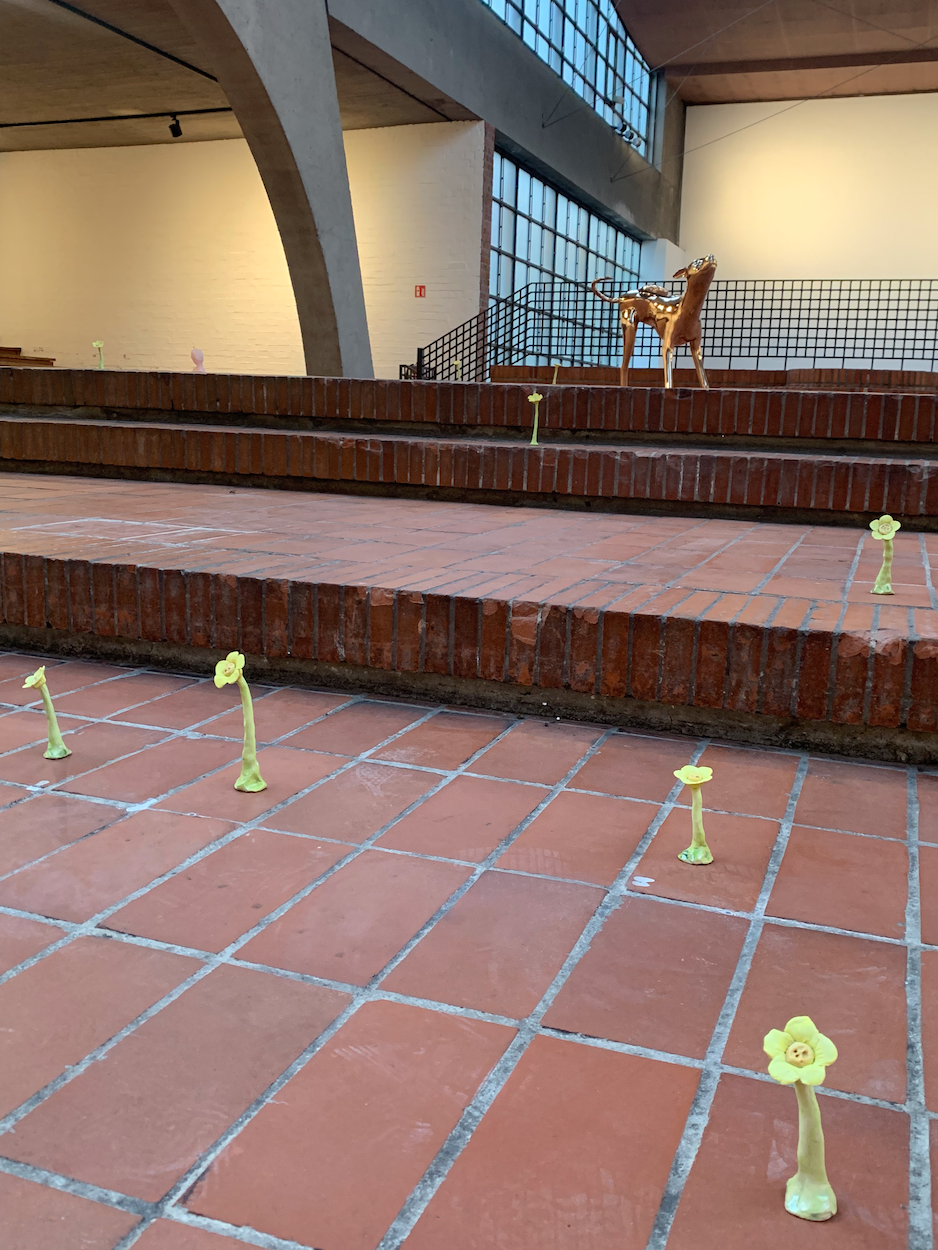

YS: I became interested in figurative sculpture and started
exploring different ways of making them. I think the first
figurative work that I made was right after this show in
London and in some way was the other side of that screen
I discussed—in that it shows the person in front of it. The
work was a self-portrait made of a down jacket that is
stuck in an empty desktop computer tower, the object
people used to have in offices and homes below the desk
before Laptops. The jacket is arranged or draped
to look like there is an actual person in the jacket, so that
the mental picture that is created is of someone actually
living in the computer, or being stuck in a computer. Art
doesn’t translate too well into language, so it sounds silly
here. But as a sculpture I think it was formally quite interesting
and successful. I later scanned this work and had
it cast it in plaster, which totally changed the character
of it. I showed the plaster cast on a little rabbit fur for my
degree show in 2014.
YS: It was in that same period, exactly. I had moved from
Berlin to London in 2012 for my Masters at the Royal
College of Art, and the workshops there allowed me to try
some new and more elaborate fabrication methods than I
had used before. The first work I made there was a life-sized
Emma Watson sculpture CNC-milled out of one solid block
of Swiss pear wood. It took weeks to first program
and then mill it, and I left it just like it came out of the
machine. The only thing I added to the figure was this silver
hedgehog necklace, because I had read online somewhere
that it was her favorite animal. Since there was no other
finishing or sanding, one can still see the way the robot
was programed, the tracks it was running along and where
it couldn’t quite get to etc. I find that quite beautiful.
YS: On a personal level, going back to what I said above, it
came at at time when I was living in a long distance relationship,
maybe feeling a bit lonely and spending a lot of
time on my computer. On a societal scale I think the internet
was still somehow new, especially social media, and
there was this broader cultural shift towards life spent online,
and the alienation that comes from it. It was also the
time of the “dark web” with Silk Road and new online forums
such as 4chan. There was a series of hacks targeting
celebrity phones which resulted in leaked private imagery—
what you would call “nudes” today, and a lot of them
were fake. Living in London and being a Harry Potter fan,
I was particularly interested in the attention that Emma
Watson got online. I found it interesting to create a work
that picked up on this contemporary moment, to reflect
on this new character of the internet loner, but to address
it within the traditional medium of figurative sculpture. I
thought of Pinocchio and how one can now create a companion
out of nothing by 3d printing or in my case milling
it out wood. In an art historical sense it also aligned with
this burgeoning movement in young art that came to be
labeled as “Post-Internet” art, where people were interested
in somehow bringing digital matter into physical
space, or at least bridging the two worlds via objects in
the real world beyond just phones and screens.

YS: Yes I presented a group of these sculptures with an
Emma Watsons face but with fantasy bodies in my first
major gallery show at Guido W. Baudach in Berlin 2014.
The figures were in the nude with short hair, crossed legs
and only their hands covering their breasts. The show got
some positive press coverage, which I think then came to
the attention of a feminist Facebook group and some
young London artists in specific. They took offense in the
work and accused me of objectifying the female figure. I
was called a misogynist, had magazines call me for comments
and then fairs, exhibitions and sales canceled because
of it. I would almost say that I was canceled before
that was even a thing yet.
YS: I focused more on myself I think, and maybe lost a bit of
my youthful energy at the same time. Shortly after my exhibition
at Guido’s I moved to New York and did my first exhibition here at the Swiss Institute in 2015. The show
was framed as a fictitious Honey Moon between a mermaid
Emma Watson and me, and followed by an exhibition in
Mexico in 2016 for which I created this stalker persona
obsessed with Kristen Stewart and Twilight. As a result of
my move to New York maybe, and some other changes in
my personal life, this fan fiction and celebrity part of my
work slowly lost some of its relevance and interest to me.
I tried to make work that was more personal and maybe
more universal in subject matter at the same time.
In 2017 I made an exhibition titled Single which had a picture
of myself in the nude as an invite, and mainly consisted
of ready-made sculptures of myself, sort of domesticobjects-
assemblages. After that I did a show series called
Primal in 2018 that presented very simplified, almost
pre-historic wooden figures. I combined these with a lifesized
wooden Legolas sculpture, which I made after
leaked nude images of Orlando Bloom appeared online.
So the the celebrity aspect never fully went away, I
just started to juxtapose it with other elements.
YS: Totally. In 2019 I did a show called Boys for which I made
a plaster self-portrait of myself as a little boy based on a
family video. In some way this was in response to the
cultural climate of #metoo at the time, but it then also led
me to the explore other elements of my past and the cultural
archetypes that I grew up with. It led me to make the
country boy plucking flowers next, and then the Snowman
with the hearts as well as some of the new animal sculptures.
Most recently I started combining all these figures
into larger groups, which is something that keeps me busy
and really excited today.
YS: The work you mention is titled Day and Night
and I made the first iteration of it in 2021 for an exhibition
in Mexico titled Eternity. In some way it is a reflection on
masculinity which has been an interest of mine from the beginning and I guess heightened with the climate you describe.
But I think this specific work comes without any
feeling of guilt. I see it as an exploration of the relationship
between softness and strength, much beyond the current
moment I hope. What I see in the work is an oversized dandelion
flower that props up a muscular Greek or Roman
hero figure which is missing a leg. The flower is draped
around the torso so that it becomes the missing leg that the
figure is precariously leaning on. I see the two elements as
forming this fragile unit, but at the same time I could imagine
them walking away together like this, him using the
flower as a sort of crotch. I find it very poetic and nice how
they together manage to defy the gravitational pull, which
is sort of the cleansing force of any standing sculpture.

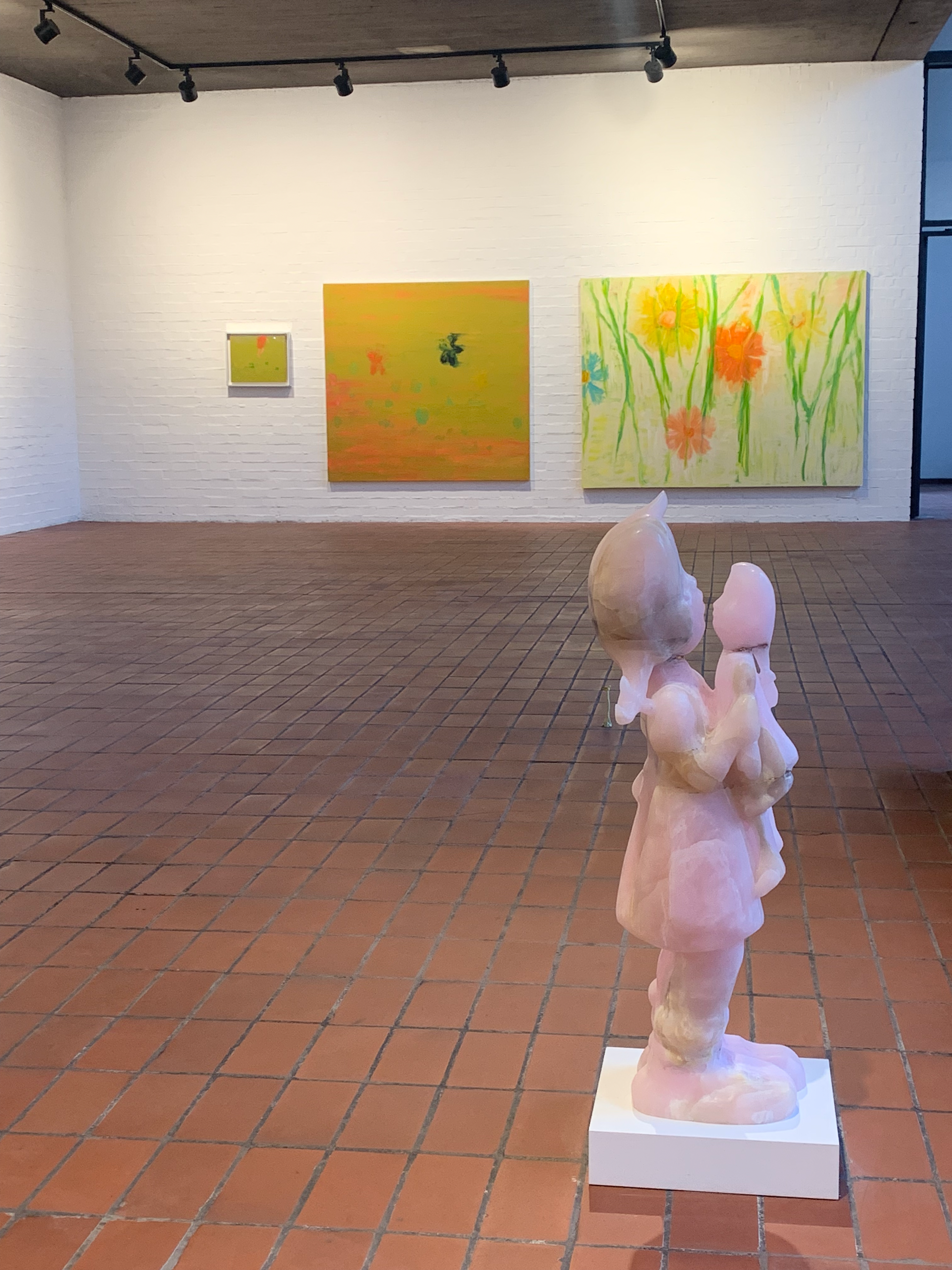
YS: It differs. In the case of this work we just spoke about,
the flower represents things like beauty or poetry or art
in my mind, without wanting to load too much onto the
work by saying this. I mean that it stands for what contrasts
with the physical strength of the figure, but still
supports it if that makes sense. In some other works the
flower is personified I would say, even the next work
where there are two flowers growing out of a concrete
block. To me they become almost like figures, I see them
as a couple that is flirting with each other in some way.
It’s this little moment of tenderness in a slightly hostile
environment that I like about it. And then in some later
works like in Laetitia, the flower to me represents
a person outside of the arrangement. For this
figure the large flower is turned towards the woman and
then child as if it was given to them.
YS: I’m glad to hear that. Damien Hirst speaks about having
to make a fly piece after making a spot painting, just
to balance the sort of good with the bad, the pretty with
the ugly. I never had it like that. I like to make things that
make you feel good, things that give you a deep and
hopefully warm feeling. In driving school you learn that if
you look at the tree you will hit it, I think that is a good
strategy for life also. If you want to be a happy person, think
happy thoughts. The world moves by positive action not
negative thought, so I really try to be engaged in the former 248
SC: Would you say that is the purpose of art?
YS: I would need to think more about that. When it comes
to the purpose of art, I often think about this quote by
Gerhard Richter, who said that “art brushes the dust of
the everyday”, which I find very beautiful and right. It can
touch on the silly as well as the essential parts of the human
experience, but in a way that is pure and complete.
What I mean is that the world is always perfect within a
work of art, not in a moral sense, but more in the way
that a given moment can also be perfect. It’s like cleaning
up your house, which gives you that one moment of enlightenment
when things are all in place. Or that one first
breath of clean air when you step out in the morning, or
looking at your kid when it sleeps or moves in a cute way.
Art is exactly like this moment, but it never ends. It’s
eternally perfect.
YS: I think it was Andy Warhol who said “Switzerland is
great, it’s finished”. Which I think is a very interesting
observation. My one friend always says about New York—
it will be great once it’s finished. Which obviously it will
never be. I’m not sure if this really captures anything at
all, but it’s easier to do things in New York. Someone once
wrote about my work that “Nothing glamorous ever came
from Switzerland,” which I think is an interesting observation.
In Switzerland the ultimate achievement and
thing another person could say about you, is that you are
normal. It’s the absolute peak of Swiss-ness and the real
ingredient if you want to belong—is not to stand out.
As a young person I think this can feel limiting and disempowering.
But the older I get the more I value the understatement
and also the social cohesion in some way. There
is a true sense of quality and people care about doing the
right thing and about doing things right. I appreciate
that today.
YS: What I can see is that my work used to be much more
loud and American while I was in Europe and much more
Swiss since now that I’m in New York. Today I’m interested
in making figures that are centered within themselves, not
looking for attention or reliant on an audience or other people. The best I can hope for is to imbue them with a
kind spirit, to put a little fire in their hearts. I read something
the other day about monasteries, and how some of
them are spectacularly modest. I really like that expression
and idea, it’s something I strive towards. Maybe it’s my
protestant upbringing but I do find true joy and beauty in
restraint. I think the spirit lives in simple things. As Carl
Jung famously said, “if you are looking for god and haven‘t
found him yet, you are not looking low enough.”
YS: In my mind the genuine opportunity of art is to speak
about the things which don’t change over time. Art doesn’t
get better with time, it’s not like technology where there
is some kind of development and a strong notion of progress.
I don’t think art gets better or worse. If I think about
a person in a cave, they would carve a figure out of a piece
of rock or bone that might look quite similar to my onyx
works. And in spirit and function it is probably pretty
close to what I described with the Emma Watson work
above—as in the first human carving themselves a friend
or thinking about someone they saw in the forest. What
I mean here is even though the Emma Watson work is
extremely specific, and it took 2000 years of recorded
cultural history to get to a place where all these references
are in places, and where the technology exist to make it
in such a realistic manner by a machine, to me it is no different
than a piece of driftwood that barely resembles
a figure at all. I’m interested in the whole spectrum of
figuration, and think that especially the combination
of these different forms, expressions and materials are
thrilling to me. While there is a technological graveyard
for a lot of things that came in between, I would say that
the earliest human artistic expression can still be as valid
and meaningful as anything great made today. Art is like
a perpetuum mobile that gives endless energy once it’s
created, without ever losing any. Forever.
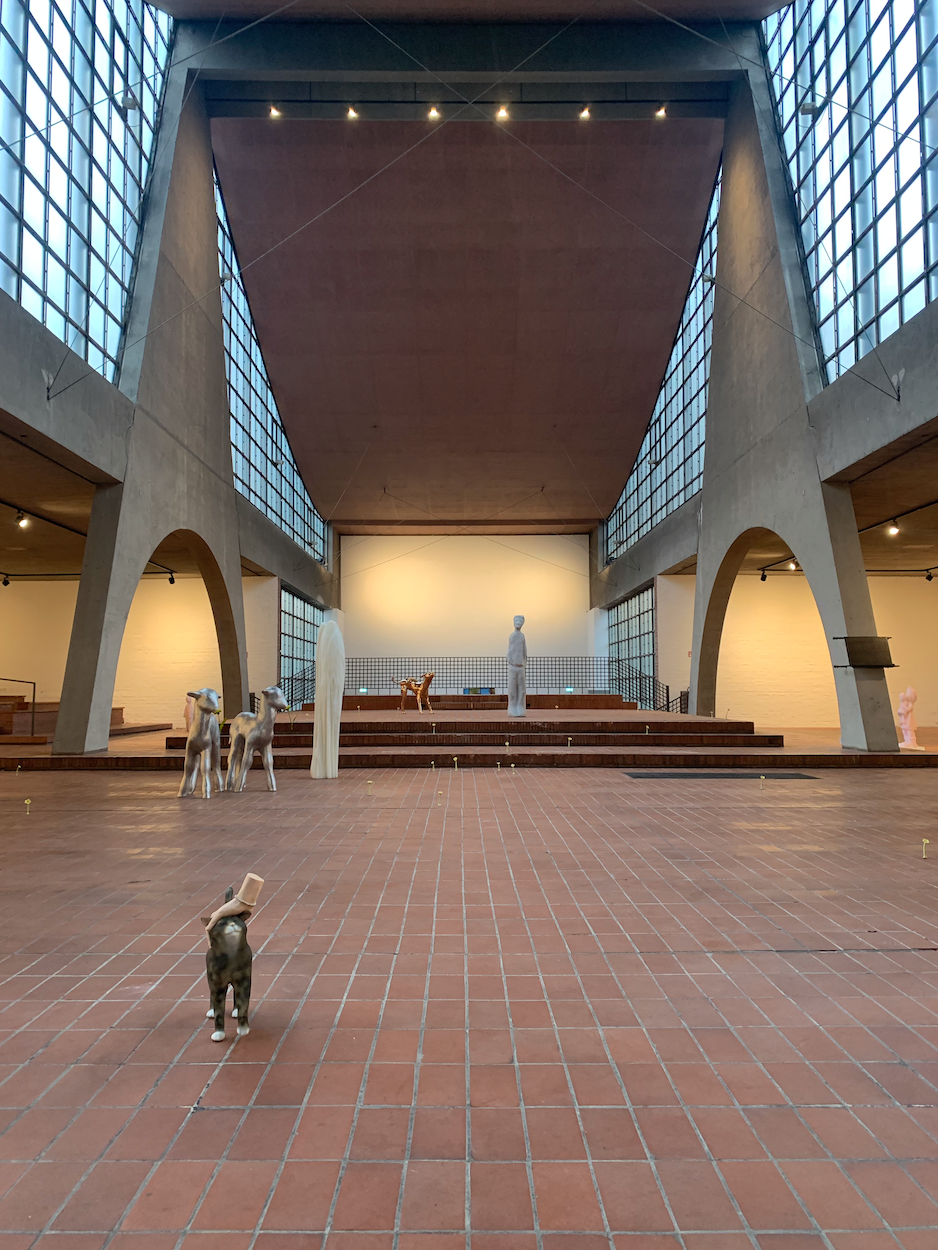



STRAIGHT TO THE HEART – GUERLAIN CELEBRATES A CENTURY OF LOVE
Guerlain celebrates 100 years of Shalimar with a special exhibition in Paris that explores…
By Ann-Kathrin Riedl
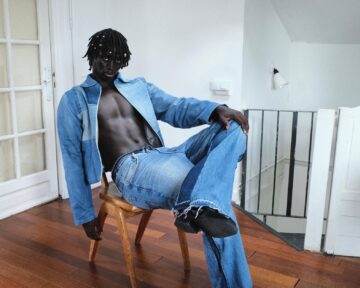
ON OUR RADAR
Numéro Berlin’s weekly collection of the most exciting news about fashion, music, and…
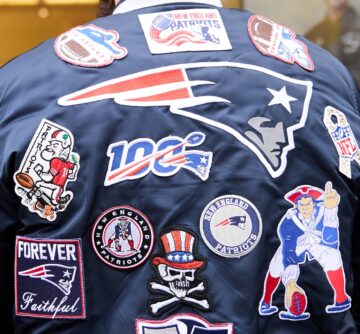
The New England Patriots and Distorted People Unite for Exclusive Capsule Collection in Berlin
The New England Patriots made a fashionable touchdown in Germany last week, teaming up…

TO WATCH: “DIE MY LOVE” BY LYNNE RAMSAY
A haunting portrayal of a woman whose isolation and unraveling desires drive her to the…
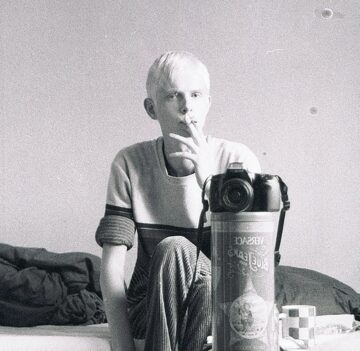
Numéro Berlin in Conversation with Christian Stemmler
The Berlin of the 90’s surely wasn’t perfect, but it was a place that was unafraid of…

TO WATCH: “YUNAN” BY AMEER FAKHER ELDIN
Haunted by his past and searching for a sense of home, Munir retreats to a remote North…